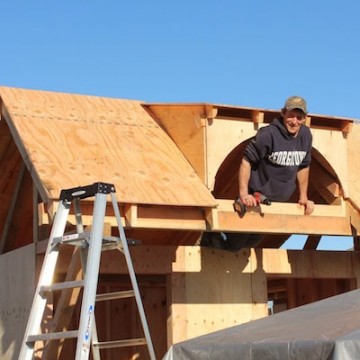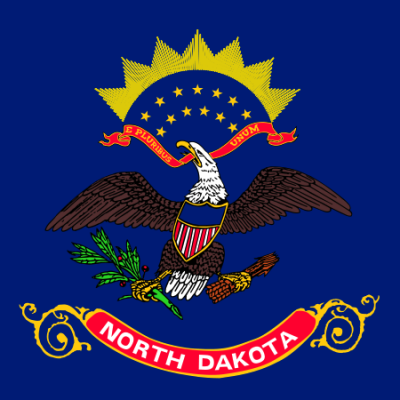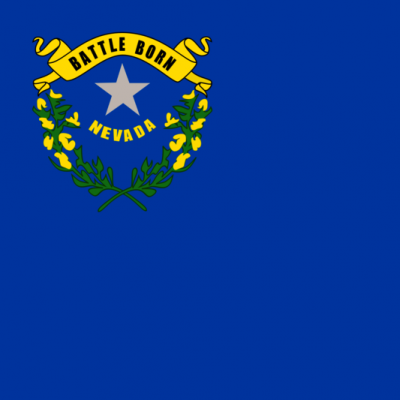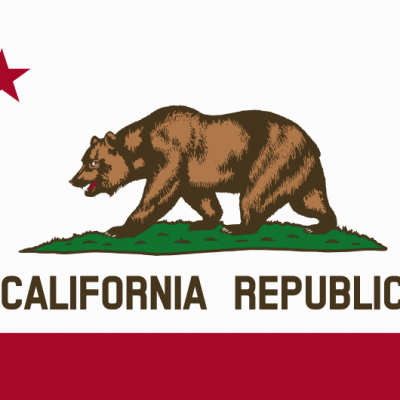Eugene Fights Homelessness With Tiny Houses
Tuesday, November 11, 2014
Photo credit: Opportunity Village
Opportunity Village houses 34 formerly homeless individuals on a one acre lot near railroad tracks in the city’s Trainsong neighborhood.
The tiny houses are really sheds and are grouped along with structures that residents call “Conestogas,” that have plastic tarps for roofs. There are 30 structures in all. They have no running water and or electricity. It’s not easy to stay warm in the winter.
“It’s tricky, but it’s better than the park,” said one resident, who wished to remain anonymous. “But about half the sheds are insulated.”
This August the community celebrated its one-year anniversary. Originally an outgrowth of Eugene's Occupy movement, the village just got a two-year renewal on its land lease with the city. On Tuesday, the project, the brainchild of Andrew Heben, was featured on Atlantic Monthly’s CityLab blog.
Heben, 27, an urban planner by training, published a booklet about helping the homeless with tiny houses called Tent City Urbanism: From self-organizing camps to tiny house village. The paper cites Portland’s 14-year-old Dignity Village as the inspiration for a new movement DIY communities, that are a middle ground between institutional housing and Hoovervilles, that’s gaining popularity across the country.
Heben said his group interviewed residents of Dignity Village before starting the project.
“We took a lot of recommendations from them," Hebens said. "We asked them what they would do differently if they could do it again."
The biggest difference is that Opportunity Village is run by a nonprofit board made up of residents, but also professionals and members of the larger community in Eugene. Residents have power to make decisions about how the village is run, but the board makes the ultimate call. Hebens said the structure makes for a stable and community-invested model.
Heben raised about $100,000 in cash, $100,000 in donated material and got a free land lease from the city of Eugene to get the village launched. Rent paid by residents covers about half the site's operating costs, the rest comes from private donations, Heben said.
The city allowed the structures to get a waiver from building codes in order to keep the cost low. There is a common kitchen, bathroom and a long house that serves as common space.
In the last year about 58 people stayed at the village with 50 percent of the residents moving onto more stable housing.
“Because you can get an address then you can get an ID and a job,” said Teresa, a resident who withheld her last name.
Heben said the project is a drop in the bucket but has potential.
"Eugene has an unsheltered populations of about 1,000 folks, so 34 people is small," Heben said. "Opportunity Village is a start. If the village can be a hub, then it can serve a lot more people."
Hebens is currently on the road and doing a tour of Northern California and talking up the benefits of these kinds of tiny house homeless shelters.
The group's next project is Emerald Village, a complex of tiny houses that would serve as affordable homes. The structures would probably have running water and electricity and would aim to serve more permanent residents.
Related Slideshow: 6 States With The Highest Homelessness Rates
These six states all had at least 300 out of 100,000 people homeless in 2013.
Related Articles
- Portland Animal Welfare Team Reaches Out To Homeless With Pets
- Deborah Kafoury: How Do We Solve Portland’s Homelessness Problem?
- Eugene Among Top 10 Best U.S. Cities For Work-Life Balance

















 Delivered Free Every
Delivered Free Every
Follow us on Pinterest Google + Facebook Twitter See It Read It